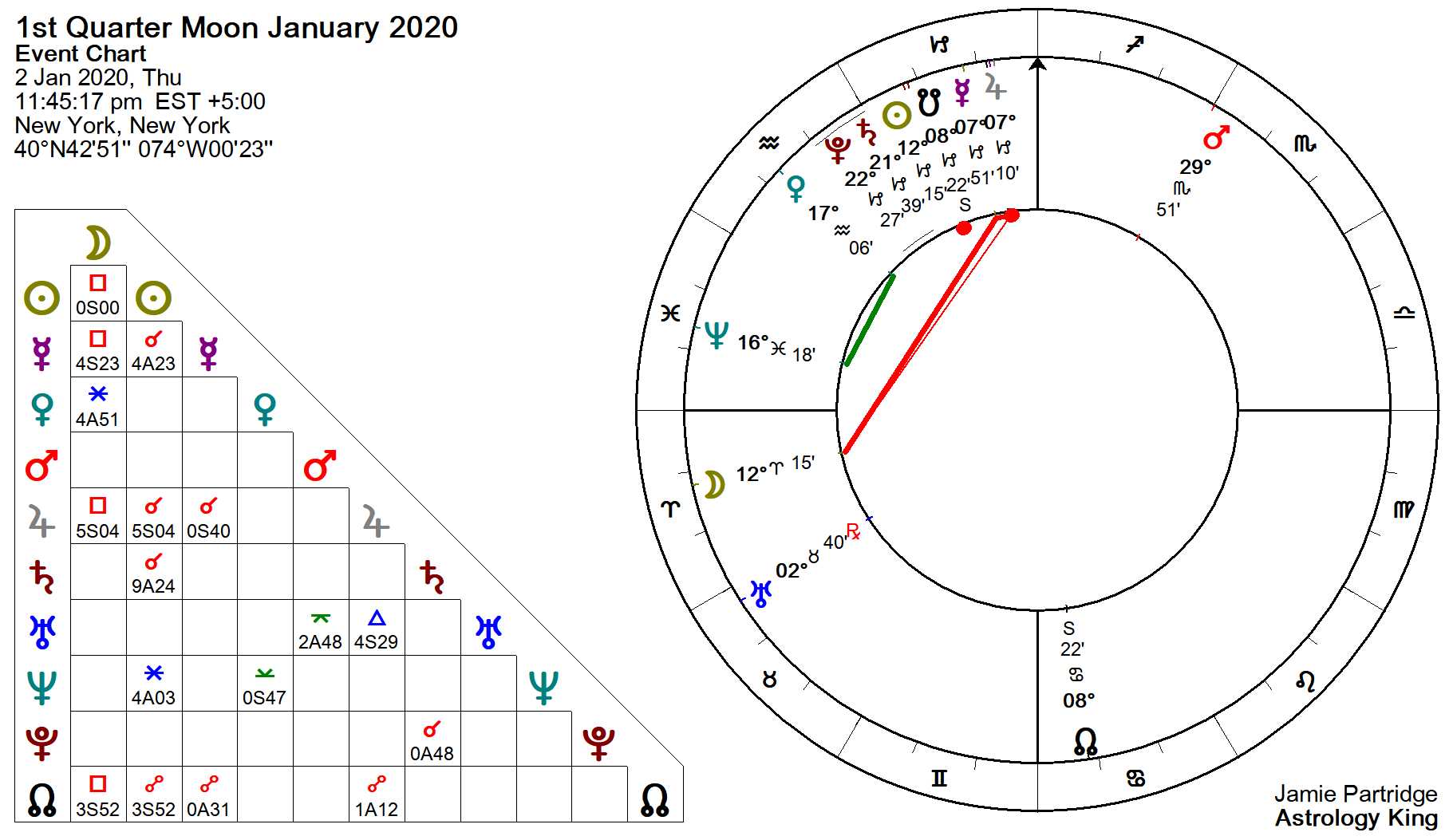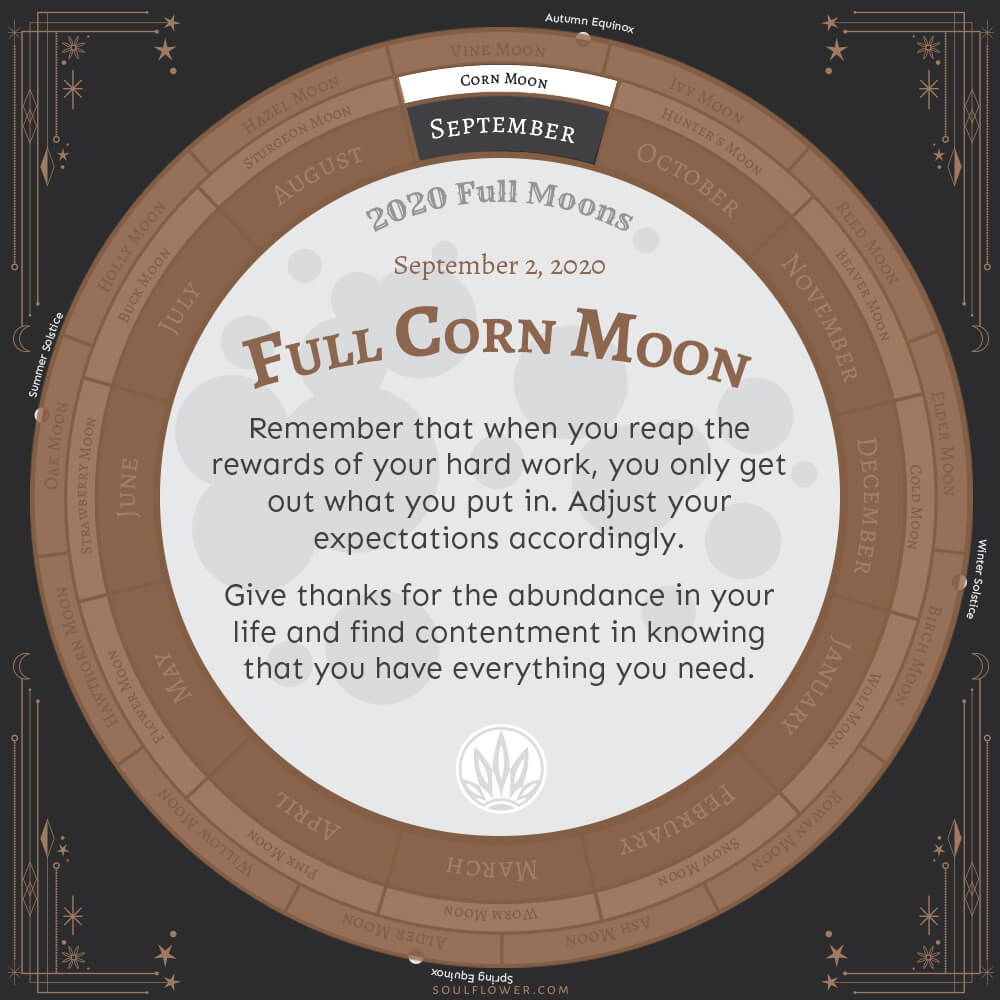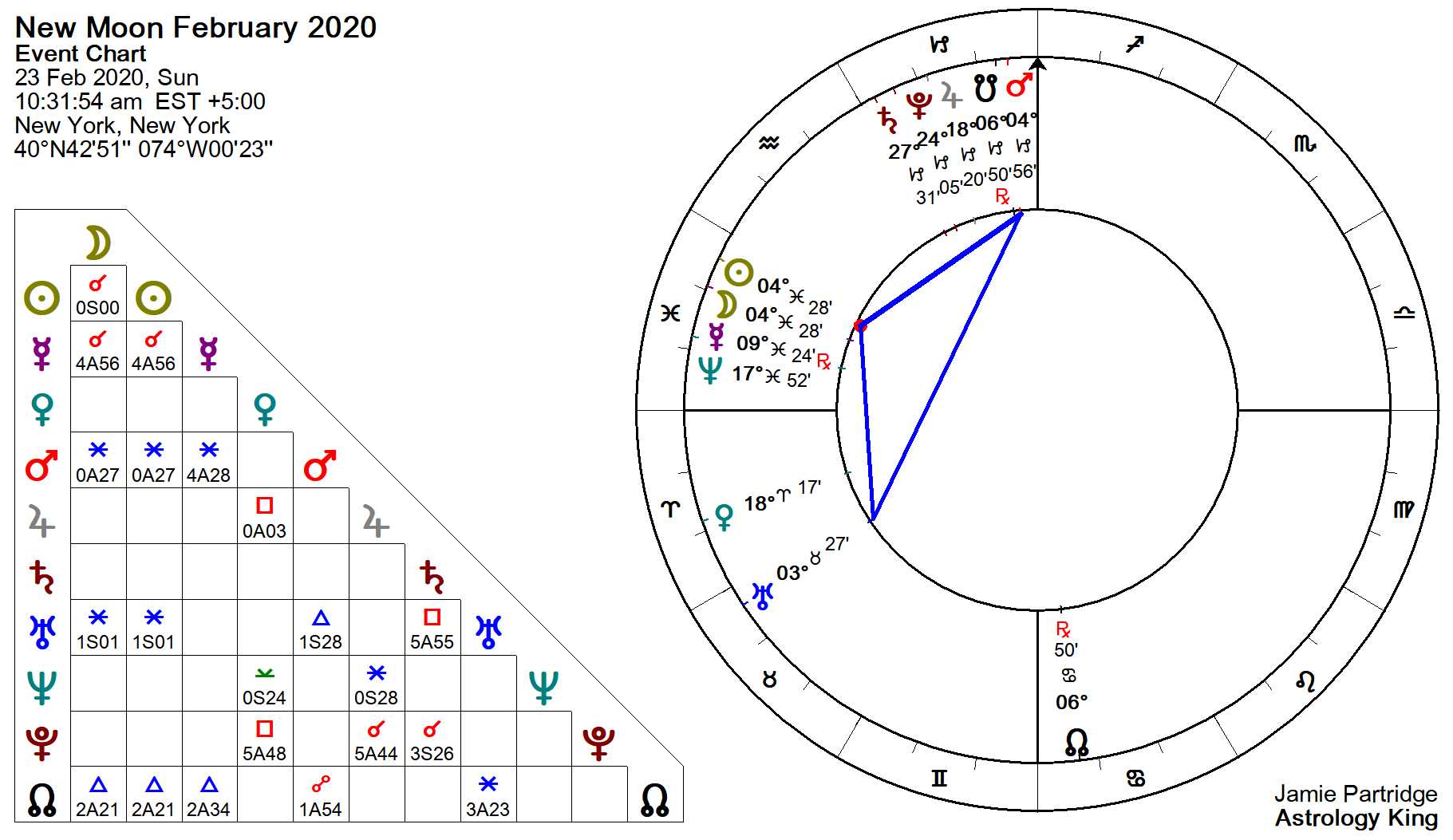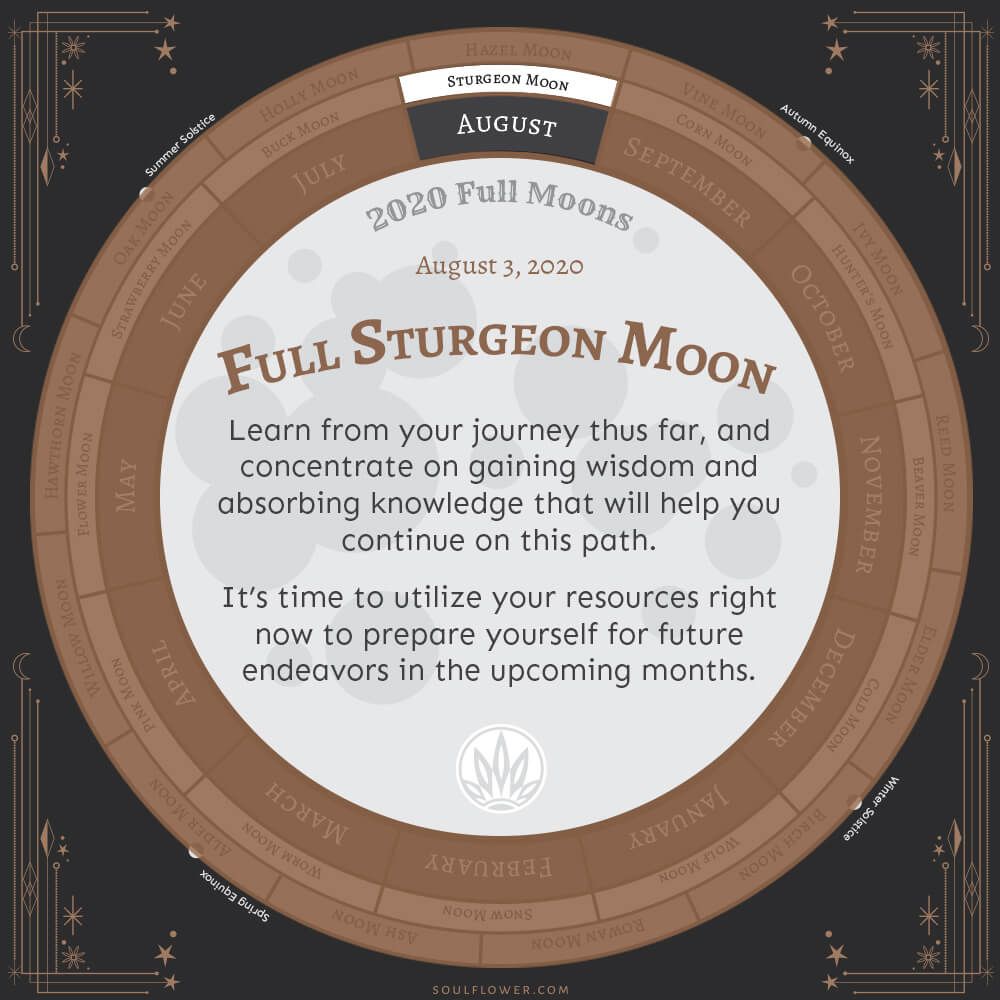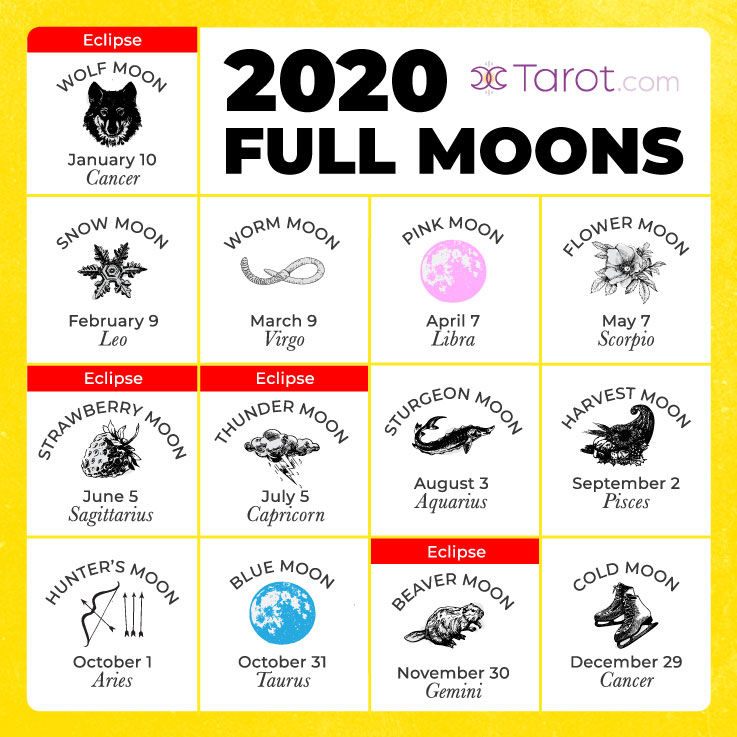
The year 2020 was a remarkable one for lunar enthusiasts, with a plethora of exciting moon phases and eclipses that captivated astronomers and sky gazers alike. The lunar calendar, which is based on the cycles of the moon, played a significant role in shaping the celestial landscape of 2020. In this article, we will delve into the fascinating world of the 2020 moon, exploring its various phases, eclipses, and other notable events that made it a year to remember.
Lunar Calendar 2020: An Overview
The lunar calendar is a traditional calendar that is based on the cycles of the moon. It consists of 12 or 13 months, with each month beginning on the new moon. The 2020 lunar calendar was a significant one, with a total of 13 months, including two new moons in the month of October. This rare phenomenon, known as a "Blue Moon," occurs when there are two full moons in a single month.
Moon Phases 2020: A Breakdown
The moon goes through eight distinct phases, each with its unique characteristics and attractions. The 2020 moon phases were no exception, with some notable events that caught the attention of astronomers and enthusiasts. Here are the different moon phases that occurred in 2020:
New Moon: The new moon phase occurs when the moon is positioned between the earth and the sun, making it invisible from our planet. There were 13 new moons in 2020, each marking the beginning of a new lunar month.
Waxing Crescent: The waxing crescent phase occurs when the moon is visible in the western sky after sunset. This phase is characterized by a growing crescent shape, which becomes larger and brighter each day.
First Quarter: The first quarter phase occurs when the moon is half-illuminated, with the right half visible in the sky. This phase is often referred to as the "half-moon" phase.
Waxing Gibbous: The waxing gibbous phase occurs when the moon continues to appear larger and fuller as it approaches the full moon phase.
Full Moon: The full moon phase occurs when the moon is on the opposite side of the earth from the sun, making it fully visible all night long. There were 13 full moons in 2020, each with its unique characteristics and folklore.
Waning Gibbous: The waning gibbous phase occurs when the moon appears to be decreasing in size as it moves away from the full moon phase.
Last Quarter: The last quarter phase occurs when the moon is again half-illuminated, with the left half visible in the sky.
Waning Crescent: The waning crescent phase occurs when the moon appears as a thin crescent in the eastern sky before sunrise.
Lunar Eclipses 2020: A Rare Treat
Lunar eclipses occur when the earth passes between the sun and the moon, blocking the sunlight that normally reflects off the moon's surface. There were four lunar eclipses in 2020, each with its unique characteristics and visibility. The eclipses occurred on:
January 10, 2020: A
penumbral lunar eclipse visible from Europe, Asia, and Africa.
June 5, 2020: A
penumbral lunar eclipse visible from Europe, Asia, and Africa.
July 5, 2020: A
penumbral lunar eclipse visible from North and South America.
November 30, 2020: A
penumbral lunar eclipse visible from North and South America.
In conclusion, the 2020 moon was a remarkable one, with a plethora of exciting moon phases and eclipses that captivated astronomers and sky gazers alike. The lunar calendar played a significant role in shaping the celestial landscape of 2020, with 13 new moons, including a rare "Blue Moon" in October. Whether you're a seasoned astronomer or just a casual observer of the night sky, the 2020 moon was a treat to behold, and its legacy will continue to inspire and fascinate us for years to come.

